Expansion of End-User Industries
The Rotational Molding Machine Market is poised for growth due to the expansion of end-user industries such as automotive, construction, and consumer goods. As these sectors continue to evolve, the demand for innovative and efficient manufacturing processes is increasing. For instance, the automotive industry is increasingly utilizing rotational molding for producing lightweight components that enhance vehicle performance. Similarly, the construction sector is adopting rotational molding for creating durable and cost-effective products. This expansion across various industries suggests a promising outlook for the rotational molding machine market, as manufacturers adapt to the changing needs and preferences of end-users.
Growth in Packaging Applications
The Rotational Molding Machine Market is witnessing significant growth in packaging applications, particularly in the production of containers, tanks, and pallets. The versatility of rotational molding allows for the creation of complex shapes and sizes, which is essential for meeting diverse packaging needs. According to recent data, the packaging sector is expected to account for a substantial share of the market, driven by the increasing demand for durable and lightweight packaging solutions. Additionally, the rise of e-commerce has further fueled the need for efficient packaging methods, which rotational molding can effectively provide. This trend indicates a robust future for the rotational molding machine market as manufacturers adapt to evolving consumer preferences.
Increasing Focus on Customization
The Rotational Molding Machine Market is experiencing a heightened focus on customization, as consumers and businesses alike seek tailored solutions to meet specific needs. This trend is particularly evident in sectors such as automotive and consumer products, where unique designs and functionalities are paramount. Rotational molding offers the flexibility to produce customized shapes and sizes, which is increasingly appealing to manufacturers aiming to differentiate their products in a competitive landscape. As customization becomes a key driver of consumer choice, the rotational molding machine market is likely to benefit from this shift, with manufacturers investing in technologies that facilitate bespoke production.
Rising Demand for Lightweight Products
The Rotational Molding Machine Market is experiencing a notable increase in demand for lightweight products across various sectors, including automotive, consumer goods, and construction. This trend is largely driven by the need for energy efficiency and cost reduction in manufacturing processes. Lightweight materials, such as those produced through rotational molding, contribute to lower fuel consumption in vehicles and reduced shipping costs for consumer goods. As industries strive to meet sustainability goals, the adoption of lightweight solutions is likely to accelerate, thereby propelling the growth of the rotational molding machine market. Furthermore, the market is projected to expand as manufacturers seek innovative ways to enhance product performance while minimizing environmental impact.
Technological Innovations in Machinery
Technological advancements in machinery are playing a crucial role in shaping the Rotational Molding Machine Market. Innovations such as improved heating systems, enhanced automation, and advanced control technologies are enabling manufacturers to achieve higher efficiency and precision in production. These developments not only reduce cycle times but also enhance the quality of molded products. As industries increasingly prioritize automation and smart manufacturing, the demand for state-of-the-art rotational molding machines is likely to rise. Furthermore, the integration of Industry 4.0 principles into manufacturing processes may lead to more streamlined operations, thereby fostering growth in the rotational molding machine market.


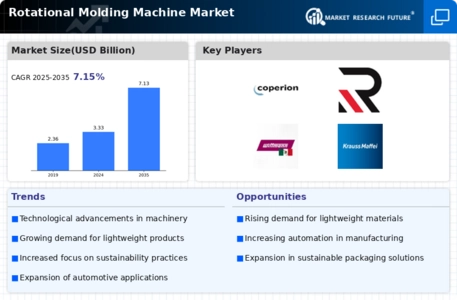

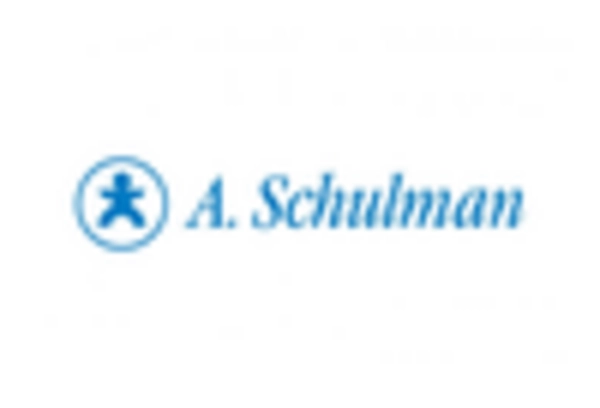

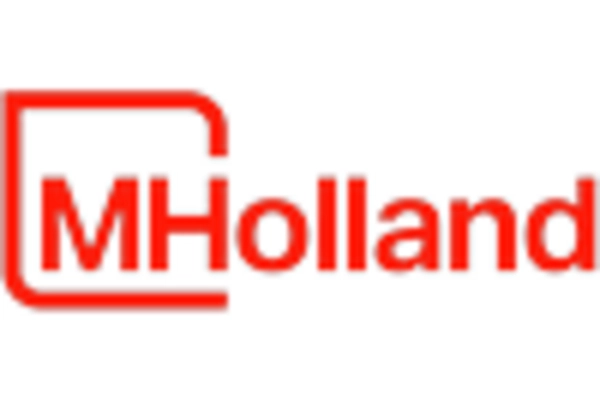
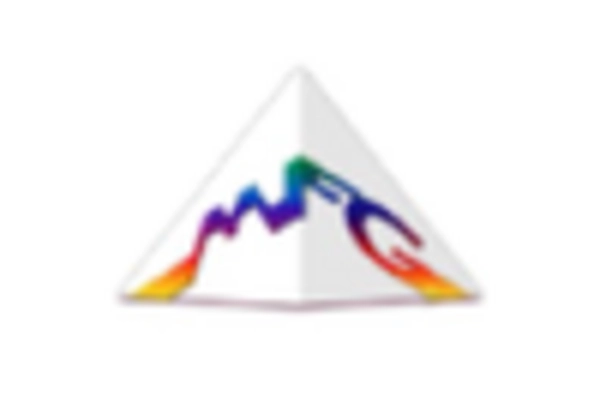
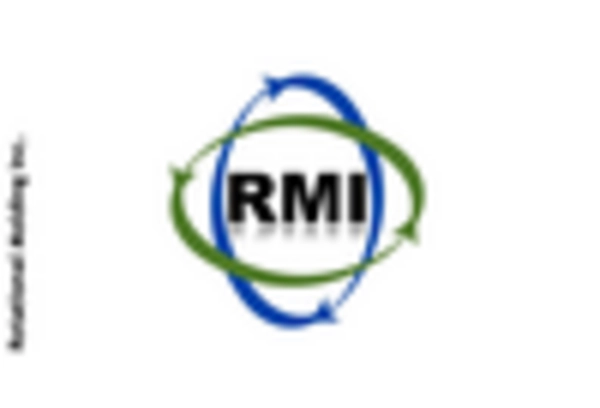
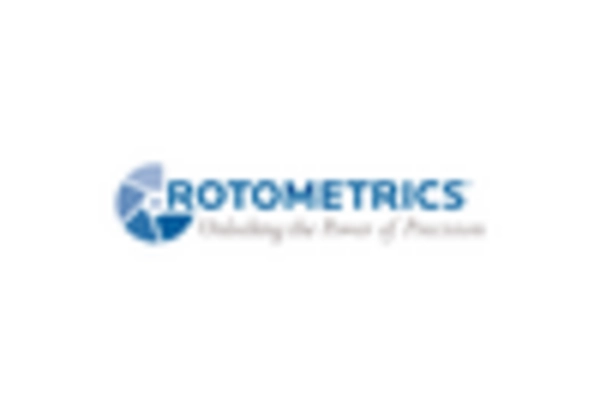








Leave a Comment